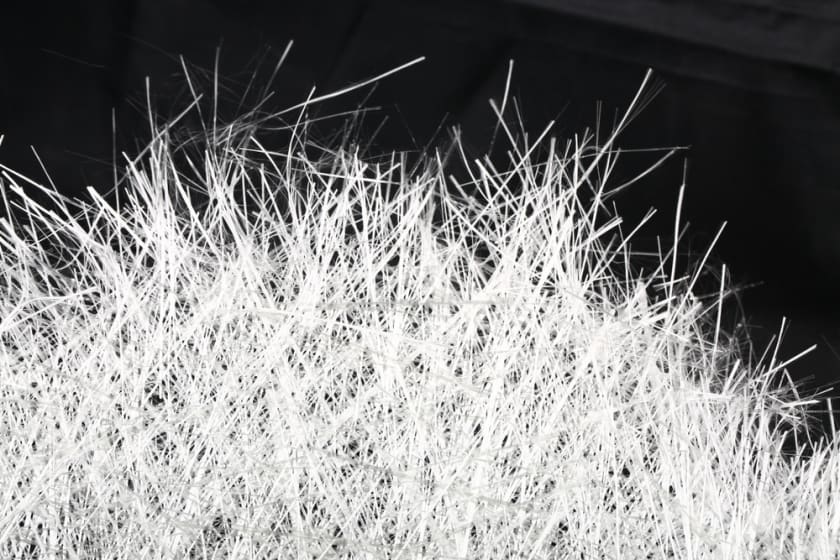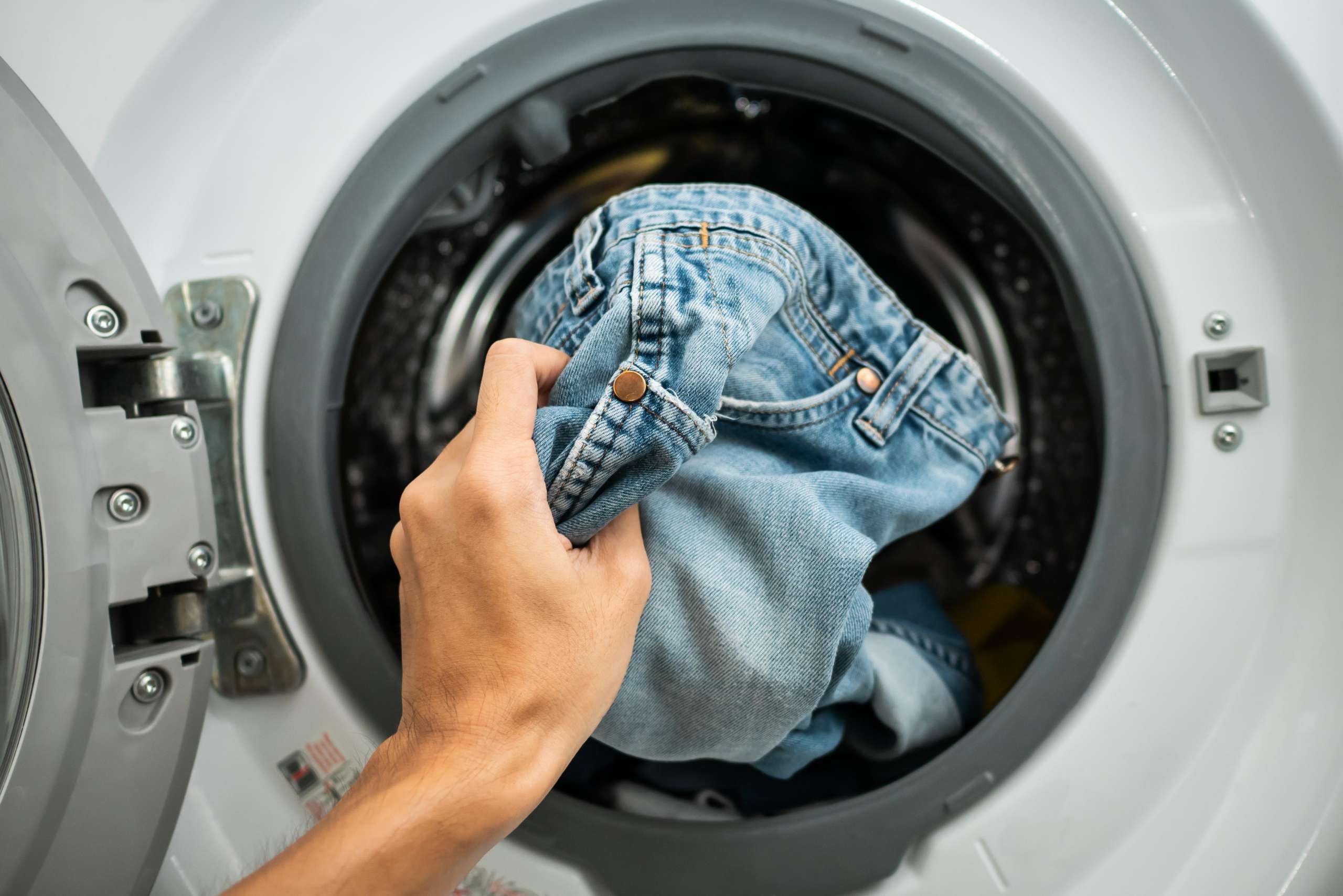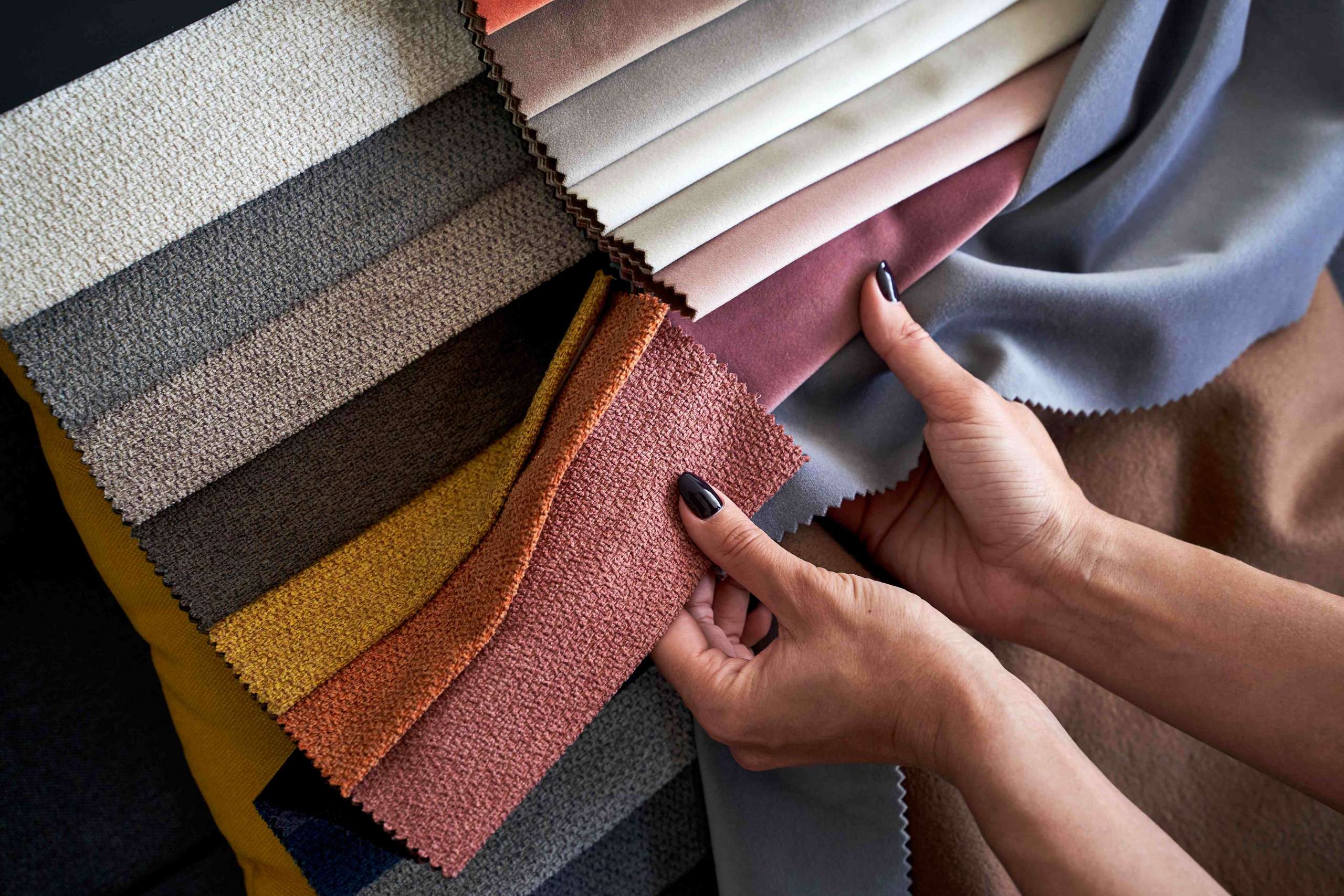Glass Fibre Back In the Game?



While looking at shiny and glossy glass fibre fabrics, the consumer thinks about either owning a dress made of it, and the designer thinks about new patterns and designs to use it. Glass fibre is made of numerous extremely fine fibres of glass. It is a very strong synthetic fibre with very high industrial usage. It is preferred in manufacturing fire-resistant clothes, and hence, people working in factories, laboratories, fire department, as magicians etc. use it extensively.
Glass fibres are extremely hard, transparent, stable, and resistant to chemical attacks. Glass fibre sheets can provide the necessary flexibility and stiffness required to cut and stitch a dress. Most glass fibre fabrics are made of filament yarns. It is also used in manufacturing high-performance aircraft/gliders, automobiles, boats in the automobile and aviation industry. It is extensively used to manufacture multiple structures used in bathrooms such as baths, hot tubs, water tanks, glass fibre roofing, and glass fibre pipes.
https://unsplash.com/photos/JyRTi3LoQnc
Why is glass fibre fabric so popular in the textile industry?
1. Does not stretch or shrink- Since glass is a solid material, even though the fabric made of glass fibre may look delicate; it does not stretch or shrink. This is extremely advantageous for the designer while cutting and stitching as the material does not curl up, or forms a loop. It is comfortable for the designer to stitch it effortlessly. If a glass fibre fabric is subjected to high or low temperatures, it remains as is, unlike normal fabric which will shrink and ultimately melt away if a very hot iron is placed on it.
2. Resists dirt, dust and grime- Imagine owning a wardrobe which you need not wash on a regular basis. Since glass fibre does not absorb sweat, your clothes will look and feel fresh all the time. They do not get easily soiled or dirty. They resist oil and other types of stains like tea, coffee or ice creams.
They can be easily wiped clean with a damp washcloth. Even if the dress is soaked in water, one needs not worry about the temperature of the water. It does not impact the synthetic glass fibres. There is no need to iron the apparels made of this material. They do not get crumpled. They do not take any time to dry up either. One can hang them in a hanger and in no time the water will evaporate. Else, one can just wipe off the dress with a paper napkin or absorbent towel and the dress will be ready to wear.
https://en.wikipedia.org/wiki/File:Glasfaser_Roving.jpg
3. Water-resistant- Imagine wearing an expensive evening gown and walking down the streets of London when it starts raining. Oh wait, if you are wearing a dress made of glass fibre, you need not worry. It will not soak water and become soggy like any other dress made of cotton, silk or wool. This makes glass fibre ideal for manufacturing raincoats and other waterproof apparels.
Since it is water-resistant, it does not soak sweat either. If someone is wearing a dress or shirt made of glass fibre in a hot and humid area, they will feel uncomfortable. It is better to use this material for overcoats and raincoats instead of dresses which touch the body.
4. Almost weightless- Wearing a dress made of glass fibre will make you feel so light and comfortable as if you are wearing nothing. This makes it an ideal fabric for dresses to be worn on ramp. Models need to walk sharp and fast on the runway, and hence, wearing a heavy dress makes it difficult for them. Showcasing a collection of glass fibre is every model’s dream.
5. Unidirectional or bi-directional- If the designer is looking at creating a seam which is bi-directional, that can be done easily with glass fibre material. It is extremely flexible and various types of patterns can be created using it.
https://pixabay.com/photos/communication-speed-data-internet-4743115/
6. Very strong- Dresses made of glass fibre will last for years together. Since it is made of inorganic material, it does not warp or decay. The threads are extremely strong and tightly woven together. Its tensile strength is closer to stainless steel.
7. Fire-resistant- One of the most important features of glass fibre is that no matter what is done to it, it does not catch fire. Hence it is perfect for making apparels for con artists and bartenders who show tricks using fire. Even fire brigade employees, lab technicians, factory workers can use coats made of glass fibre to protect themselves from any types of fire accidents.
https://pixabay.com/photos/texture-fiber-glass-fiber-gray-4931269/
8. Low-cost- Manufacturing glass on a large scale is much cheaper than it is perceived. Hence, glass is used in multiple building construction materials, windows, kitchen cabinets etc. Glass fibres too are not very expensive to manufacture and hence the designer can keep the costs low while manufacturing apparels using this glossy material.
9. Non-elastic- Since glass fibres are not at all elastic, they are perfect for curtains and draperies which need to hang for years together without sagging. These fine fibres have excellent flexibility, drapability and pliability. These fabrics can also be sewn by hand or sewing machine and are hence extremely easy to handle. If paired with a cotton thread, one can insert it in a needle and sew with hands too.
10. No impact of bleach- This material does not need any maintenance and one seldom needs to wash them. If soaked with other white clothes and bleach, it will not have any impact on it. It will not fade or discolor like most other colored garments.
https://pixabay.com/photos/light-glass-fiber-fiber-optic-lamp-1502758/
11. Light resistance- Unlike other fabrics which fade if subjected to direct sunlight, glass fibre is extremely resilient even in that front. The draperies and rugs made of this material do not fade when direct sunlight falls on them for years together. Hence, woven glass fibre is ideal to hang outdoors in the patios or outdoor swimming pools.
12. Resistant to mold and mildew- Shower curtains develop mold very fast due to the moisture present in the air inside a bathroom. It is the most humid area of the house. However, with glass fibre shower curtains, you can say goodbye to mold and mildew forever. And since this material is very sturdy, it will last for years together till you get bored of the design and think of getting another one.
13. Resistant to insects- Insects like moth, silverfishes often harm books and clothes kept in cupboards. Homeowners need to take them out periodically and put it in direct sunlight to get rid of these insects. Then again, moth balls are placed in those cupboards before placing the books, artefacts and other items. Glass fibre will decrease your workload to a major extent as you need not do all these things if you store clothes or materials made of glass fibre. Hence many smart home owners use it as a book cover so that the books are not attached by silverfishes.
https://www.pexels.com/photo/clear-wine-glasses-on-blue-table-9627718/
How is glass fibre made?
- Volcanic glass fibres are available in the region close to the Hawaiian volcano Pele. These are thin strands of volcanic glass often referred to as Pele’s hair.
- Silicon dioxide if fused into glass in an extremely cold form, it creates glass fibre. Apart from silica there are other ingredients like ash, limestone, soda, clay, sand borax/boric acid, various metallic oxides, etc. are used in required proportion to obtain glass fibres.
History of glass fibres
Reaumur, who was a French scientist, found the technique of spinning glass fibres into textiles in the 1700s. Something which people will find interesting is that Napoleon wore a glass fibre shroud to his grave. By the late 19th century glass fibres had become extremely popular. Edward Libbey of Toledo, Ohio, USA exhibited his craft using glass fibre in the Columbia Exhibition. This was organized in 1893 and he showcased dresses, lamp shades and ties made of glass fibre in that exhibition.
Already the manufacturing of luxury brocades using glass fibre with silk had started in the U.S.A in the 1800s. These brocades looked and felt quite expensive and were used to make dresses for the noble women and the citizens from the upper class of the society.
In 1935, the technology to manufacture continuous glass fibres was discovered. This discovery happened in Newark, Ohio which perhaps was inspired by Edward Libbey's family who lived in Toledo in Ohio, U.S.A. Slowly glass fibre gained popularity and was used in the aerospace and other industries along with the fashion world.
Conclusion
Keeping up with fashion trends and the latest tastes and preferences of the consumers is an essential factor to keep in mind while working in the fashion industry. Fashinza has you covered on all the latest trends, suppliers and manufacturers for your business with its up-to-date fashion blogging on the website. We help clothing brands to manufacture their collections by connecting them with suppliers. So without any further delay, reach out to our efficient team.



















